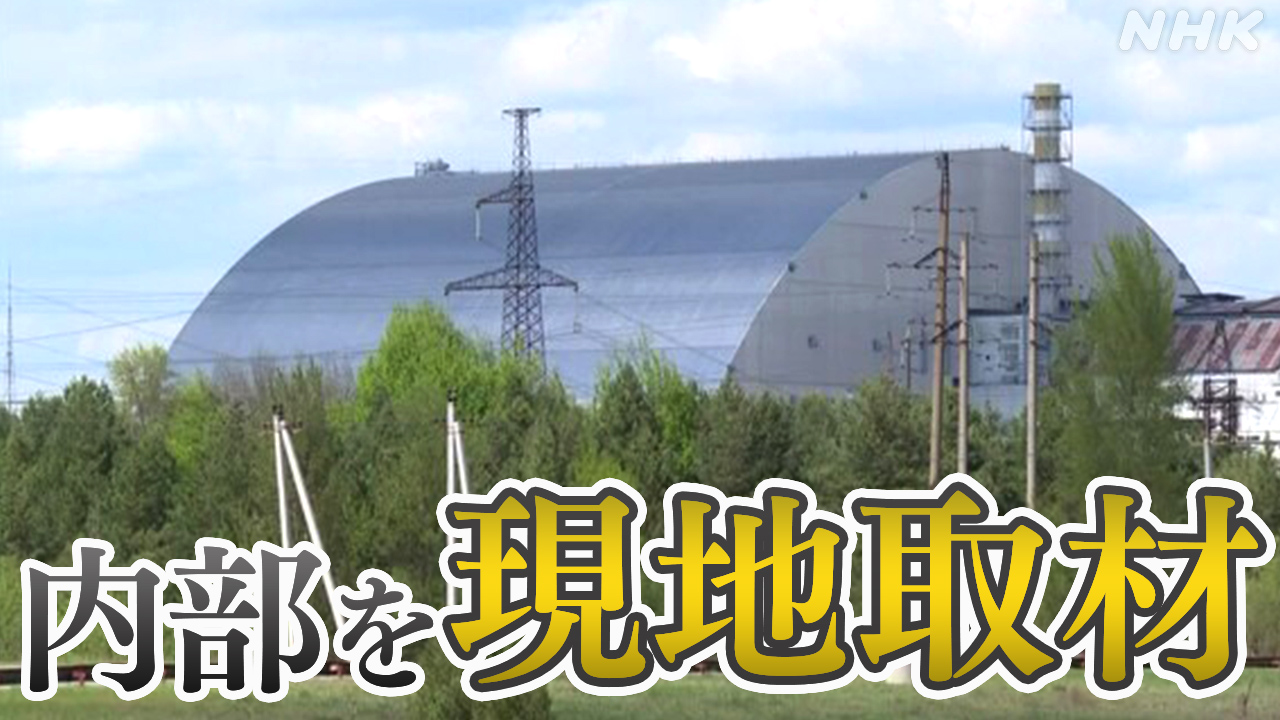Post-Attack Assessment: Chernobyl Shelter's Status – A Critical Examination
The recent conflict in Ukraine has cast a renewed, and deeply concerning, spotlight on the Chernobyl Exclusion Zone and the precarious state of the New Safe Confinement (NSC), the massive shelter built to contain the remnants of the 1986 nuclear disaster. While initial reports suggested minimal damage, a comprehensive post-attack assessment is crucial to understanding the long-term implications for nuclear safety and environmental protection. This article delves into the current status, potential risks, and ongoing efforts to secure the site.
Assessing the Damage: A Complex Situation
The immediate aftermath of the conflict saw conflicting reports regarding the NSC's structural integrity. Early assessments, hampered by ongoing hostilities and limited access, suggested that the main structure remained intact. However, the surrounding infrastructure, including power supplies and monitoring systems, suffered damage. This raises significant concerns about the long-term monitoring and maintenance of the site, a vital aspect of preventing further environmental contamination.
Key Concerns Identified:
- Power Supply Instability: Interruptions to the power grid could compromise essential cooling systems within the NSC, potentially leading to overheating and increased risk of radiation leakage.
- Monitoring System Disruption: Damage to monitoring equipment hinders the real-time tracking of radiation levels and other crucial environmental parameters. This lack of data impedes accurate risk assessment and timely responses to potential emergencies.
- Security and Access Challenges: The ongoing conflict continues to restrict access to the site, making thorough inspections and necessary repairs significantly more difficult and dangerous. This security vulnerability poses a serious threat to the long-term stability of the site.
- Staffing and Maintenance Issues: The displacement and potential loss of skilled personnel responsible for monitoring and maintaining the NSC significantly impacts the site's safety.
The Long-Term Implications: Environmental and Nuclear Safety
The potential consequences of inadequate monitoring and maintenance are far-reaching. A failure of the NSC, or even a significant breach in its containment systems, could lead to:
- Increased Radiation Levels: Release of radioactive materials could contaminate surrounding areas, impacting both the environment and human populations.
- Widespread Environmental Damage: Radiation contamination could have devastating effects on the local ecosystem, potentially impacting wildlife populations and biodiversity for decades to come.
- Human Health Risks: Exposure to higher radiation levels poses significant health risks, including increased cancer rates and other long-term health complications.
International Collaboration: A Necessary Response
Addressing these challenges requires a concerted international effort. The International Atomic Energy Agency (IAEA) plays a vital role in coordinating international support and providing technical assistance. This collaboration is crucial for:
- Securing the Site: Ensuring the physical security of the NSC and surrounding areas is paramount to prevent unauthorized access or potential sabotage.
- Restoring Infrastructure: Repairing damaged power grids, monitoring systems, and other essential infrastructure is critical for maintaining long-term safety.
- Supporting Skilled Personnel: Providing training and support for local personnel responsible for monitoring and maintenance is vital to the ongoing success of the site's safeguarding.
- Transparency and Information Sharing: Open communication and transparent reporting are essential for maintaining public trust and ensuring coordinated international responses.
Conclusion: A Critical Watch
The situation at Chernobyl remains exceptionally precarious. While the immediate structural integrity of the NSC appears to have been preserved, the damage to surrounding infrastructure and the ongoing conflict necessitate continuous monitoring and international cooperation. The long-term implications for environmental and nuclear safety are profound, demanding a sustained and vigilant approach from the global community. The world must remain committed to ensuring the continued safety of this critical site and mitigating the potential consequences of any further damage.
Further Reading:
Keywords: Chernobyl, Chernobyl Exclusion Zone, New Safe Confinement, NSC, nuclear disaster, radiation, nuclear safety, environmental protection, Ukraine conflict, IAEA, international collaboration, post-attack assessment, risk assessment, environmental damage, human health risks.
